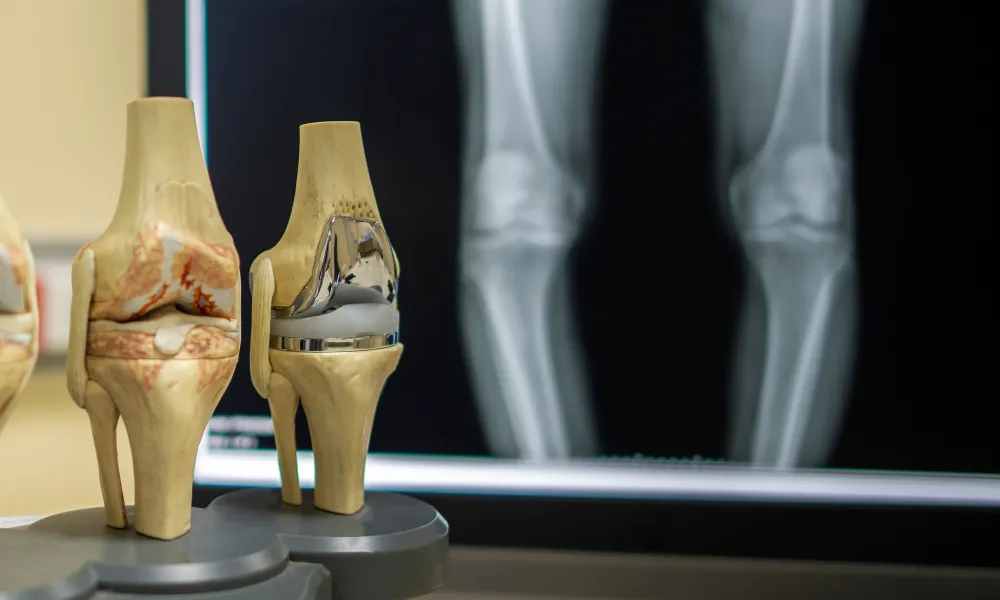In the January 16th 2019 Journal of Bone and Joint Surgery, Dr. Michael Taunton from the Mayo Clinic reviewed advances in the treatment of the arthritic knee. I will review the highlights and give our perspectives on this subject.
Nonoperative Management of Osteoarthritis (OA) of the Knee
Over half the cost associated with knee OA comes from injections, therapy, braces and prescriptions in the year prior to knee replacement. All of these modalities can be helpful but appropriate use is critical to not wasting health care dollars. Therapy can be useful to improve strength, motion, and balance but many of the benefits can be obtained by a well planned and executed home program. There seems to be no difference in the efficacy of cortisone vs hyaluronic acid injections in the knee. Platelet-rich plasma injections have been shown to decrease inflammation but do not regenerate cartilage. Stem cell injections in a prospective randomized study were no more effective than saline when injected into an arthritic knee.
Partial Knee Replacement
When used for full-thickness cartilage loss in one compartment of the knee can be very effective. Patients with partial thickness cartilage loss have significantly worse outcomes. Most series, however, demonstrate a failure rate which is twice as high as complete knee replacement (10% at 10 years vs 5% for TKA). Roughly 7-10% of knee arthritis patients are candidates for a partial knee replacement.
Total Knee Replacement (TKR)
The survival rate for modern TKR is approximately 95% at 10 years follow-up. The most common reasons for revisions are an infection, loosening, and instability of the knee. Most commonly, knees are fixed to bone with bone cement. Over the last few years, there has been a resurgence of cementless fixation. Recent studies show similar rates of loosening with cemented and cementless fixation.
Surgical Techniques for TKR
Studies comparing conventional vs computer-assisted vs patient-specific instruments have found no difference in survival or function.
Outpatient TKR
In appropriately selected patients outpatient TKR can be performed with no increased risk of re-admission or complications. With the move towards outpatient joint replacement, there has been an increased emphasis on patient optimization prior to surgery. That is why we have instituted specific goals for patients with obesity, diabetes, hypertension, and other chronic conditions such as heart and kidney issues. Smokers are required to quit at least 6 weeks prior to surgery. We are building an outpatient surgery center for joint replacement and spine surgery with our hospital and will be transitioning patients to this facility in less than a year. We are excited about this new chapter in joint replacement surgery and look forward to partnering with our patients to build upon the Joint Center legacy we established at VMC 20 years ago.

